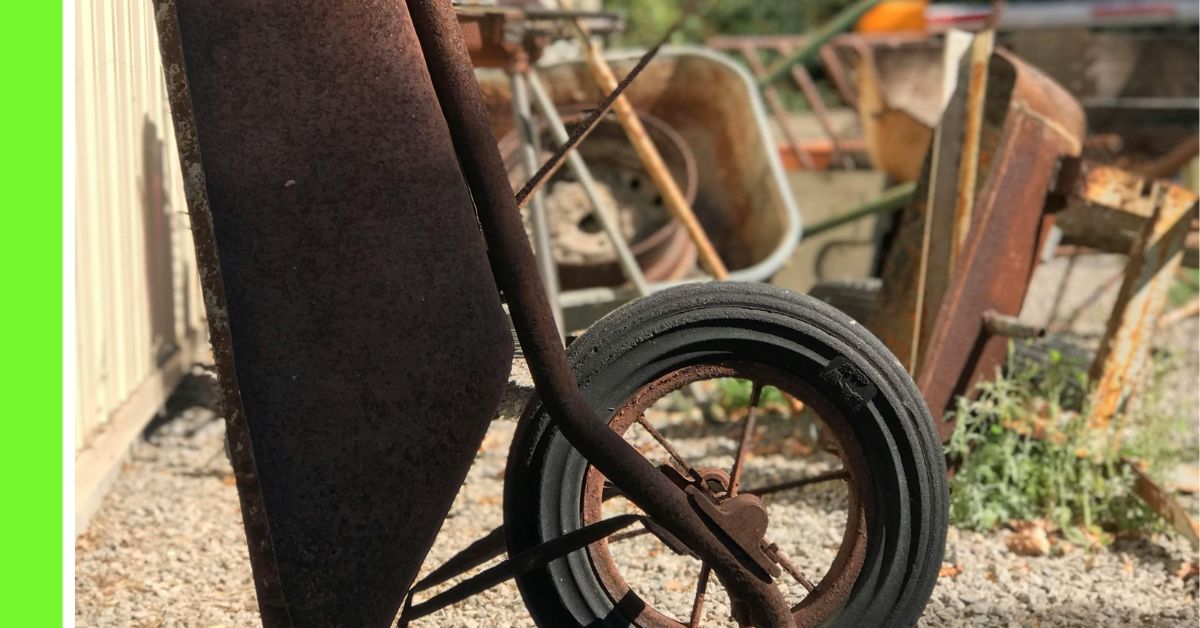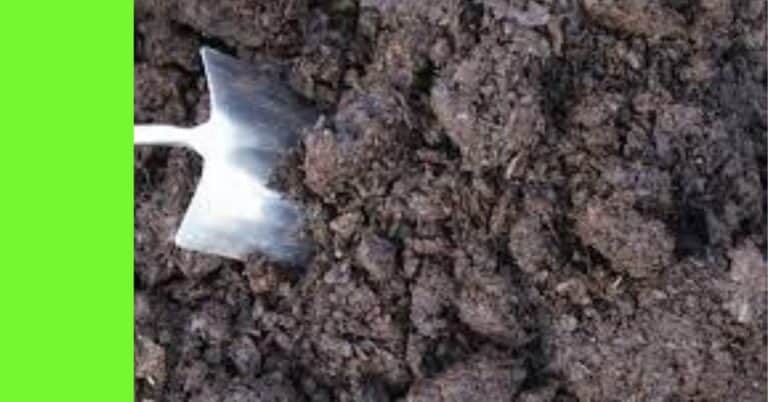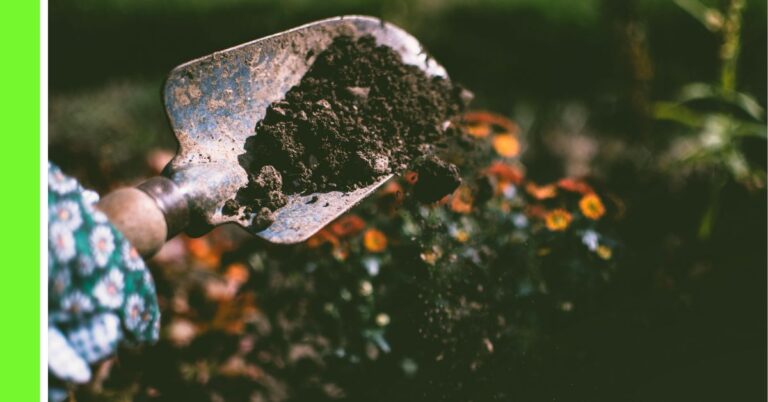Maintaining And Storing Garden Tools Properly

Gardening is a rewarding activity that combines beauty, productivity, and physical engagement.
However, behind every lush garden is a set of tools that help make it all possible.
Whether you’re a casual hobbyist or a professional horticulturist, garden tools and equipment are essential to your success.
But these tools require proper maintenance and storage to remain effective, safe, and long-lasting.
Neglect can lead to rust, dullness, breakage, and even safety hazards.
This article explores the best practices for maintaining and storing garden tools and equipment to ensure they serve you for years to come.
See Also: Guide to care for your garden
Why Maintenance of Garden Tools Matters
Proper maintenance of garden tools offers several critical benefits:
- Extended lifespan: Tools last longer when properly cared for, reducing the need for frequent replacements.
- Efficiency: Sharp, clean tools perform better, making gardening easier and faster.
- Safety: Well-maintained tools are safer to use. Dull or broken equipment can lead to injuries.
- Cost-effectiveness: Investing time in maintenance can save money in the long run.
- Plant health: Dirty tools can harbour diseases that transfer to plants.
With these benefits in mind, let’s examine the types of maintenance that garden tools require.
Daily and Weekly Maintenance Tips
Routine maintenance is the cornerstone of tool longevity.
You don’t have to overhaul your entire toolkit after every use, but simple habits can make a big difference.
Clean After Every Use
Dirt, sap, and moisture can wreak havoc on tools if left unattended.
- Hand tools (like trowels, cutlass and pruners): Rinse off soil and dry thoroughly.
- Cutting tools: Wipe blades with a damp cloth and disinfect if used on diseased plants.
- Shovels and hoes: Use a stiff-bristled brush or putty knife to remove caked-on dirt.
A mild soapy solution can help loosen debris and kill bacteria.
Be sure to rinse and dry tools completely to avoid rust.
Dry Before Storage
Water is the enemy of metal tools.
Always allow tools to air dry or wipe them dry with a cloth.
Store tools only when completely dry.
Quick Visual Inspection
Before storing your tools, check for signs of damage, loose screws, or bent parts.
Early detection allows for timely repairs, avoiding bigger issues down the line.
Monthly and Seasonal Maintenance
In addition to daily cleaning, garden tools benefit from more thorough maintenance regularly.
Sharpening Blades
Sharp tools make cleaner cuts, reducing plant stress and physical strain on the gardener.
Dull blades can tear instead of slice.
- Pruners, shears, and loppers: Use a sharpening stone or file. Follow the original bevel angle of the blade.
- Shovels and hoes: Use a flat file to sharpen the edge. This is especially important if you dig in tough or rocky soil.
After sharpening, wipe the blade with a lightly oiled cloth to prevent rust.
Oiling Metal Parts
Metal parts can rust, especially in humid climates. Applying a thin coat of oil keeps rust at bay.
- Use linseed oil for wooden handles and motor oil or Rust Remover & Multi Purpose Spray Lubricant(e.g WD-40) for metal surfaces.
- Apply the oil with a cloth and wipe off the excess.
This process should be done at least once a month or at the end of the gardening season.
Tightening Bolts and Screws
Garden tools often have joints, hinges, or fasteners that can loosen over time.
Check these areas periodically and tighten them with the appropriate tools.
This helps maintain proper function and prevents injury.
Special Care for Power Tools
Power tools such as lawnmowers, hedge trimmers, and string trimmers require more advanced maintenance, particularly for their mechanical and electrical components.
Read the Manual
Always consult the user manual for specific maintenance recommendations. These vary by model and manufacturer.
Change or Clean Filters
Filters trap dust and debris. Over time, clogged filters can affect performance and cause overheating.
- Replace disposable filters as recommended.
- Clean reusable filters with soap and water or compressed air.
Check and Replace Spark Plugs
Spark plugs in gasoline-powered equipment should be checked at the beginning and end of each season.
Replace them if they appear corroded or worn.
Lubricate Moving Parts
Just like with hand tools, lubrication prevents wear and tear on moving parts. Use the correct lubricant type for each component as specified in the manual.
Empty Fuel Tanks
At the end of the season, drain any remaining fuel from gas-powered tools to prevent it from becoming stale and gumming up the engine.
Storage Best Practices
Even perfectly maintained tools can suffer damage if stored incorrectly. Storage plays a crucial role in preserving the condition of garden tools and equipment.
Choose the Right Storage Location
Store tools in a dry, well-ventilated area away from direct sunlight and moisture. A shed, garage, or designated garden cabinet works well.
Avoid leaving tools outdoors where they can rust or be stolen.
Organize Vertically
Use wall hooks, pegboards, or magnetic strips to hang tools vertically. This prevents blades from dulling, handles from warping, and sharp points from becoming hazards.
For example:
- Hang rakes, hoes, and shovels by their heads or handles.
- Mount hand tools like pruners and trowels on pegboards.
Use Storage Containers and Racks
Plastic bins, toolboxes, and rolling carts are great for organising smaller items like gloves, plant labels, twine, and hand tools.
Long-handled tools benefit from freestanding racks or wall-mounted brackets to keep them off the ground and neatly arranged.
Label and Group Items
Label storage areas or containers by tool type or gardening task to make items easier to find.
Group tools together by category, cutting tools, digging tools, and watering tools, for more efficient organisation.
Protect Blades and Edges
Use blade covers or sheaths for sharp tools to prevent accidental cuts and dulling. If covers aren’t available, wrap blades in cloth or heavy paper and secure them with rubber bands.
Tips for Wooden Handles and Grips
Wooden handles are often overlooked but are just as vulnerable as metal parts.
- Sand down splinters and rough areas to prevent injury.
- Wipe with linseed oil to preserve wood and prevent cracking or drying out.
- Avoid soaking in water, as it can cause swelling and warping.
If a handle is cracked or broken, it may be more cost-effective to replace the handle rather than buy a new tool.
Off-Season Storage and Preparation
In many regions, gardening is seasonal. During off-months, it’s essential to prepare tools for extended storage.
Deep Clean and Disinfect
Give your tools a thorough cleaning and disinfection to prevent disease spread and mould buildup. A 10% bleach solution or rubbing alcohol works well for this purpose.
Apply the Final Coat of Oil
After cleaning and drying, apply a final protective coat of oil to metal and wooden surfaces before storing.
Drain Hoses and Irrigation Tools
Water left in hoses or irrigation equipment can cause damage. Drain all water thoroughly, coil hoses loosely, and store them in a clean and dry location.
Remove Batteries from Power Tools
Batteries can corrode or lose charge over time. Remove and store them separately in a cool, dry place.
Inventory and Replace
Use the offseason to take stock of your tools. Replace worn or broken items and make a list of any tools you may need to purchase or upgrade.
Environmental Considerations
Proper tool care also has environmental benefits. When tools are maintained and last longer, fewer resources are used for manufacturing, and less waste ends up in landfills.
Additionally, avoid using harsh chemicals for cleaning. Vinegar, baking soda, and biodegradable soaps are effective and environmentally friendly alternatives.
Safety Precautions During Maintenance
It’s important to stay safe while maintaining tools:
- Always wear protective gloves when sharpening or cleaning blades.
- Unplug or remove batteries from power tools before performing any maintenance.
- Use eye protection if grinding, filing, or using power tools for maintenance.
- Follow the manufacturer’s instructions precisely to avoid voiding warranties or damaging equipment.
Conclusion
Garden tools and equipment are more than just accessories; they are investments in your gardening success.
With consistent cleaning, timely repairs, and strategic storage, these tools can serve you well for many seasons.
By adopting good maintenance habits and optimising your storage setup, you’ll not only protect your investment but also enjoy a safer, more efficient, and more satisfying gardening experience.
So the next time you put your shovel down or finish making a ridge with your hoe, take a few extra minutes to care for your tools.
Your garden and your future self will thank you.
Hope this article was helpful.






